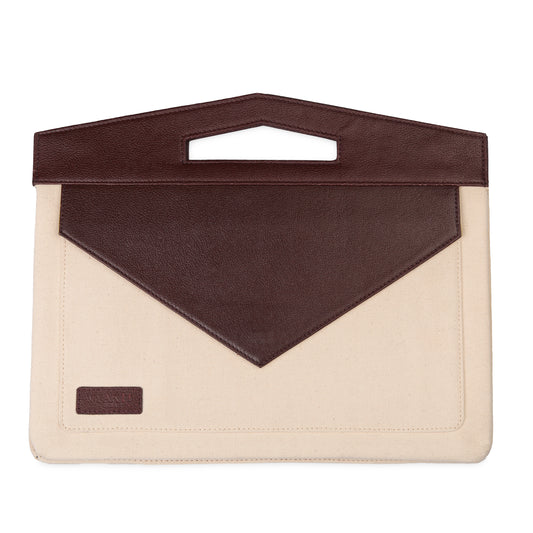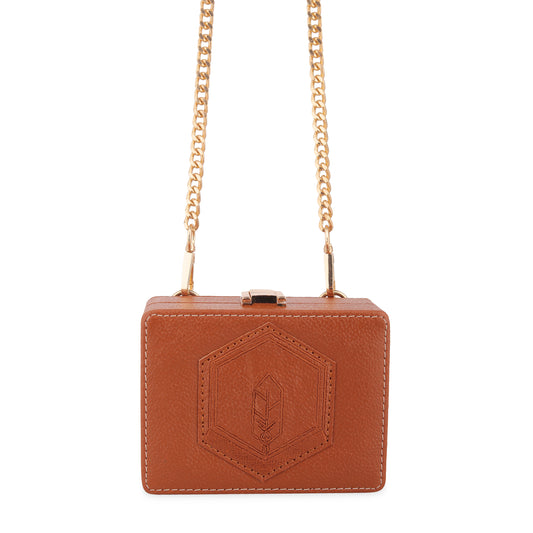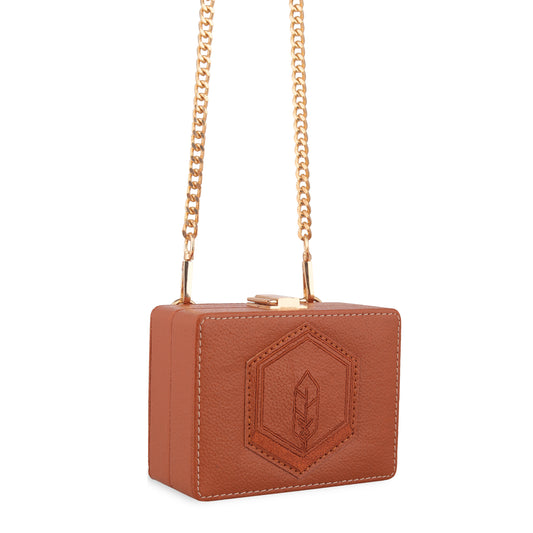The fashion industry is undergoing a massive shift, with plant-based leather taking center stage. This shift is a BIG DEAL for several reasons:
- Sustainability: Plant-based leather offers a significantly lower environmental impact compared to traditional leather. Production processes require less water and land, and generate fewer greenhouse gas emissions.
- Consumer Demand: Consumers are increasingly seeking eco-friendly alternatives. Plant-based leather fulfills that need, allowing them to make sustainable choices without sacrificing style.
- Innovation: The rise of plant-based leather represents a significant leap forward in sustainable material development. This innovation opens doors for new eco-conscious materials across various industries.
A Prime Example: Deserto, the Sustainable Cactus Champion
Deserto, crafted from cactus biomass, is a prime example of this positive shift. This innovative material offers a stylish and sustainable alternative to traditional leather, with a significantly lower environmental footprint.
The Heavy Footprint of Traditional Leather
While leather boasts a timeless appeal, its production comes at a significant environmental cost:
- Water Guzzler: Tanning hides requires a staggering amount of water. Studies suggest a single cowhide can devour up to 700 liters, enough to fill a bathtub multiple times! This puts immense strain on freshwater resources, especially in drought-stricken regions.
- Deforestation Dilemma: The cattle ranching industry, a key player in leather production, is a major culprit in deforestation. Vast swathes of land are cleared for grazing pastures, leading to habitat loss and disrupted ecosystems. This deforestation not only harms biodiversity but also contributes to climate change.
- Greenhouse Gas Giant: Livestock farming, a crucial part of traditional leather production, contributes significantly to climate change. These animals burp out methane, a potent greenhouse gas with over 25 times the warming power of carbon dioxide in the short term. Studies estimate the leather industry is responsible for a whopping 14.5% of global greenhouse gas emissions from human activities.
Plant-Based Leather: A Sustainable Solution
Plant-based leather offers a compelling alternative to traditional leather, with several environmental benefits:
- Reduced Water Usage: Plant-based leather production requires significantly less water compared to traditional leather. Some plant-based leathers, like cactus leather, thrive in arid regions and require minimal irrigation.
- Lower Land Footprint: Many plant-based leathers utilize readily available or waste plant materials, reducing land use pressures associated with cattle ranching. This not only protects ecosystems but also helps combat deforestation.
- Minimal Greenhouse Gas Emissions: Plant-based leather production generally generates far fewer greenhouse gas emissions than traditional leather. Since it doesn't involve animal agriculture, methane emissions are eliminated.
Beyond Deserto: A World of Plant-Based Options
Deserto is just one example of the many innovative plant-based leather alternatives emerging in the market. Other exciting options include:
- Banofi: Derived from banana stems, Banofi offers a sustainable and durable alternative to synthetic leather.
- Mushroom Leather: This innovative material is crafted from mycelium, the root structure of mushrooms. It boasts a unique texture and is highly sustainable to produce.
- Apple Leather: Made from apple peels, a byproduct of the juice industry, apple leather offers a way to reduce waste and create a sustainable material.
Plant-Based Leather vs. Traditional Leather: A Clear Winner
Let's take a look at a table comparing the environmental impact of plant-based leather, and traditional leather:
|
Factors |
Traditional Leather Source-https://www.britannica.com/ |
Deserto (Cactus Leather) |
Banofi (Banana Stem Leather) Source- https://medium.com/ |
|---|---|---|---|
|
Water Usage (per unit) |
700 liters |
Less than 70 liters |
Less than 100 liters |
|
Land Usage |
High |
Low |
Low |
|
Greenhouse Gas Emissions |
14.5% of global total |
Over 80% reduction |
Estimated: 60-70% reduction |
The numbers speak for themselves. Plant-based leather offers a clear advantage in terms of minimizing environmental impact.
Conclusion
The rise of plant-based leather represents a significant shift towards a more sustainable future for fashion. These innovative materials offer stylish and functional alternatives to traditional leather, with a dramatically reduced environmental footprint. As consumer demand for eco-conscious options grows, plant-based leather has the potential to disrupt the traditional leather industry, paving the way for a greener future for fashion. By supporting these innovations and embracing plant-based materials, we can all be a part of a more sustainable fashion revolution.



















